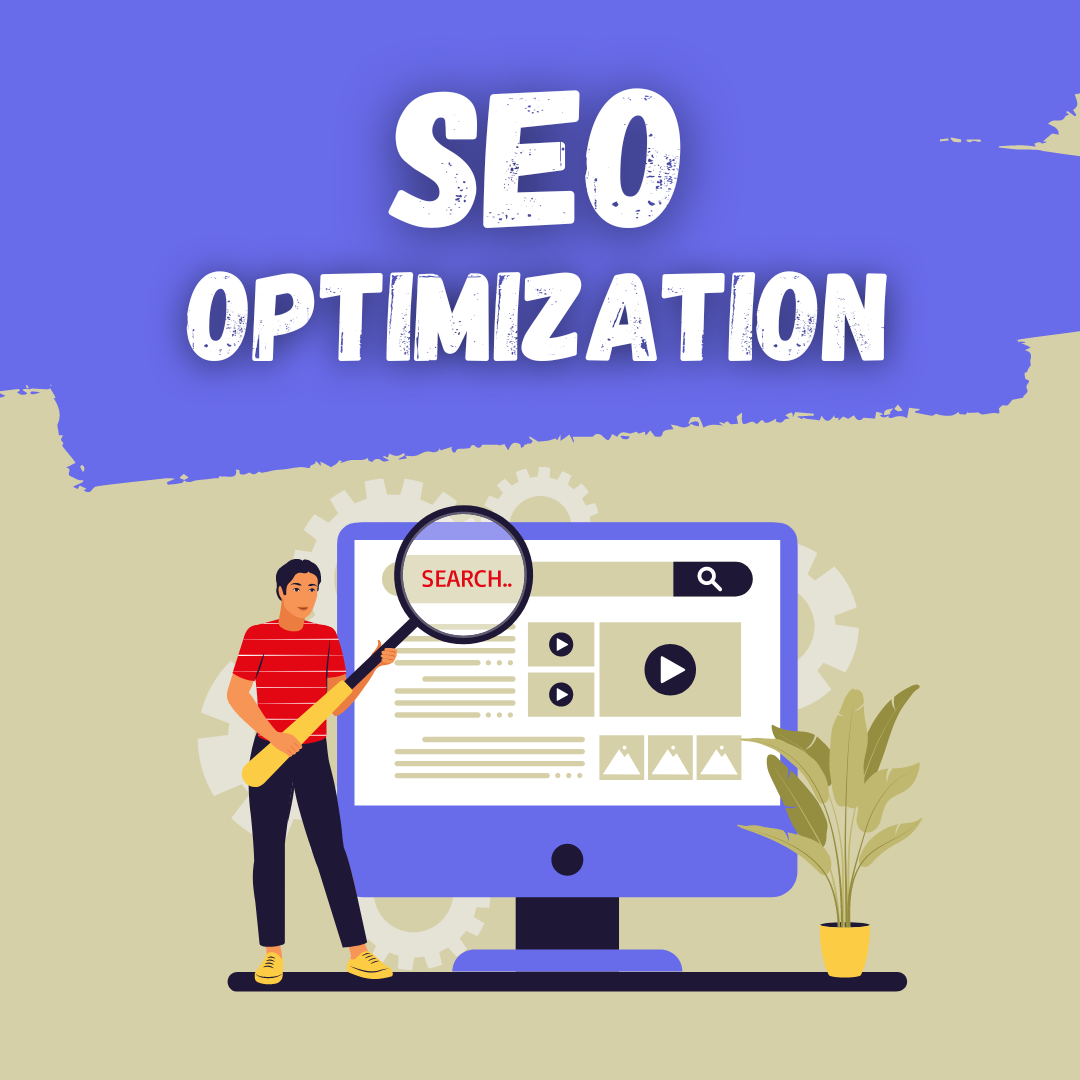In the ever-evolving landscape of digital marketing, understanding the intricacies of Google’s search engine optimization algorithms has become paramount for businesses and individuals seeking to enhance their online visibility and reach. This research paper delves into the key factors that contribute to improved Google SEO ranking, providing a comprehensive guide for content creators and webmasters to implement effective strategies and increase their website’s discoverability.
Understanding the SEO Landscape
The fundamental purpose of search engine optimization is to ensure that a website’s content and structure are optimized to align with the algorithms used by search engines, such as Google, to rank and display relevant results. Achieving high rankings on search engine results pages is crucial, as it directly impacts the likelihood of potential customers or clients discovering and engaging with a business’s online presence. (Sheffield, 2020)
Search engine optimization is a multifaceted discipline that involves various techniques and best practices, including keyword research, content optimization, link building, and technical website optimization. By understanding and applying these strategies, web content creators and webmasters can enhance the visibility and accessibility of their websites, ultimately driving increased traffic and potential leads or conversions.
Keyword Research and Analysis
One of the cornerstones of effective search engine optimization is the careful selection and incorporation of targeted keywords into a website’s content. By conducting thorough keyword research and analysis, web content creators can identify the terms and phrases that their target audience is most likely to use when searching for products, services, or information related to their business. (Killoran, 2013)
This process involves analyzing the search volume, competition, and relevance of various keywords, as well as considering the specific needs and search behavior of the target audience. (Vinutha & Padma, 2023) By strategically integrating these keywords into the website’s content, web content creators can increase the likelihood of their pages appearing higher in search engine results, ultimately driving more valuable traffic to their online presence.
On-page Optimization
In addition to keyword research and analysis, on-page optimization is a critical component of effective Google SEO strategies. This includes optimizing the website’s structure, content, and metadata to align with search engine algorithms and provide a positive user experience.
Some key on-page optimization techniques include:
Ensuring the website’s navigational hierarchy is intuitive and straightforward, with clear labeling and organization of content to enable users to quickly find the information they seek.
Crafting engaging and informative content that is optimized for both search engines and human readers, incorporating relevant keywords and providing value to the target audience.
Optimizing the website’s metadata, such as title tags, meta descriptions, and alt text, to accurately reflect the content and enhance the website’s visibility in search engine results pages.
By implementing these on-page optimization strategies, web content creators can enhance the overall user experience and signal to search engines. That their website is a relevant and authoritative source of information, ultimately improving their Google SEO rankings.
Technical Website Optimization
In addition to on-page optimization, technical website optimization plays a crucial role in improving a website’s Google SEO ranking. This includes ensuring that the website’s technical infrastructure, such as website speed, mobile responsiveness, and code quality, are all optimized to provide a seamless user experience and meet the requirements of search engine algorithms. (Bajracharya & Bajracharya, 2020)
For example,Improving website loading speed can have a direct impact on a website’s ranking, as search engines prioritize websites that offer a fast and efficient browsing experience for users. Additionally, ensuring that the website is mobile-friendly and responsive across devices is essential, as an increasing number of searches are conducted on mobile devices.
By addressing these technical aspects of website optimization, web content creators and webmasters can enhance the overall quality and performance of their online presence, which in turn can lead to improved Google SEO rankings and increased visibility in search engine results pages.
Ongoing Monitoring and Refinement
Effective Google SEO strategies require an ongoing, iterative approach. Web content creators and webmasters should regularly monitor the performance of their website, analyze the results of their optimization efforts, and make necessary adjustments to maintain and improve their search engine rankings over time. (Pérez–Montoro & Codina, 2017)
This may involve continuously refining keyword strategies, updating content to reflect changing trends and user preferences, and addressing any technical issues or changes in search engine algorithms that may impact the website’s performance.
By adopting a proactive and data-driven approach to Google SEO, web content creators and webmasters can ensure that their websites remain competitive, visible, and accessible to their target audience, ultimately driving increased traffic, engagement, and business success.

[…] current online period it is essential that visitors can readily access your website. At this point Google SEO Ranking on takes centre stage. To raise a site’s visibility on search engines like Google is what […]